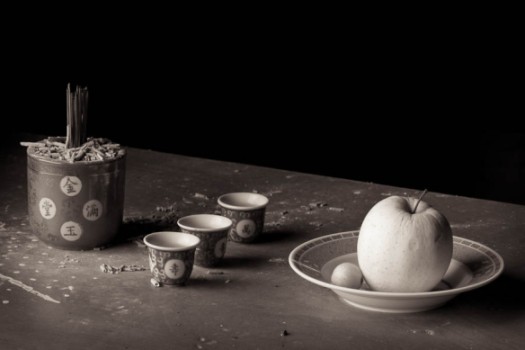I’ve been feeling overwhelmingly stuck and uninspired over the last few months, perhaps longer if I’m being honest with myself. That’s not to say that I haven’t had my moments but it’s been and continues to be hard going.
The usual advice that you get in these circumstances is to keep going. Work yourself out of the funk, make a lot of work and see where that leads you. My advice to myself was to play more.
After a bit of digging I realized that I was working within a particular sent of constraints that had provided a useful framework at one point but now were stifling. I needed to step back and break the rules that I’d established for myself.
Playing the camera on my iPhone has been enormously helpful in breaking one of my rules – always shoot on a tripod – it also forced me into using a single lens which made me move around and change my point of view to get the shot that I was interested in.
I also pushed beyond the boundaries that I am comfortable with in processing these images, often adding a lot of contrast, a texture, a tilt shift look, really piling stuff on until it was in a realm that was totally alien to me. I think that Brian Eno would do similar things in music production push beyond the limits but then retreat to a useful and usable position.
I’ve been enjoying playing and continue to do so. Here’s a question for you:
What ‘rules’ either acknowledged or not do you follow? How could you systematically break them.
I’d love to hear what restraints you impose on yourself.









